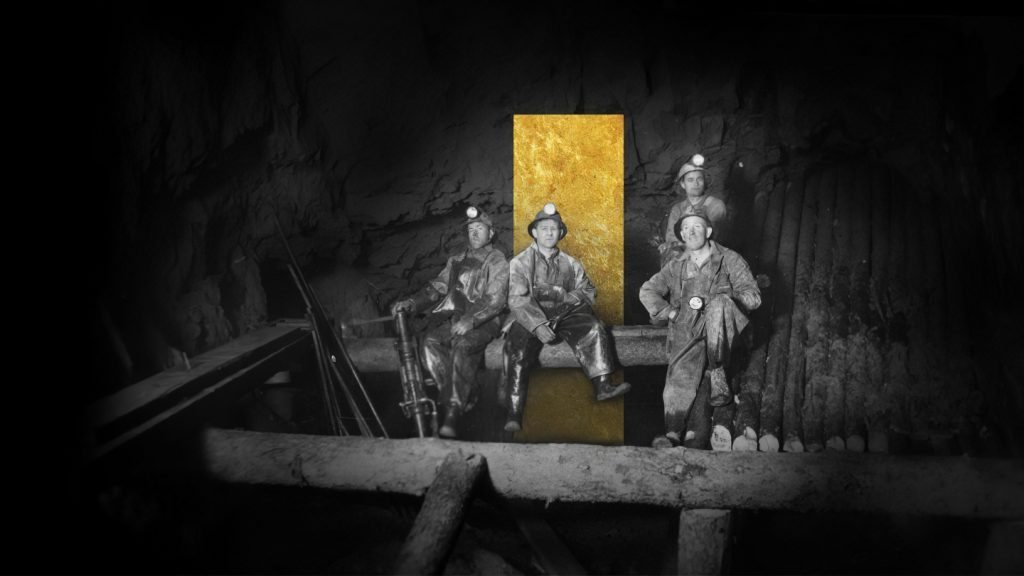Radisson step-out hole intersects 92.89 g/t gold over 2.60 metres at O’Brien mine

Radisson Mining Resources Inc. [RDS-TSXV] has released significant high-grade gold intercepts from the continuing 60,000-metre exploration drill program at its O’Brien gold project located along the Larder-Lake-Cadillac break, halfway between Rouyn-Noranda and Val d’Or in Quebec.
Highlights:
Shallow high-grade intercepts suggest an opportunity to expand resources in the gap between the old O’Brien mine and the upper part of the first high-grade trend.
Hole OB-20-153 intersected multiple mineralized intercepts outside defined resources approximately halfway between the first mineralized trend and the old O’Brien mine, including 92.89 g/t gold over 2.60 metres (vertical depth of 230 m) and 47.10 g/t over 2.50 metres (vertical depth of 150 m). Both intercepts obtained outside current resources west of the first mineralized trend along with visible gold showings.
These intercepts were obtained above and to the east/west of historical high-grade intercepts of 43.37 g/t gold over 1.31 metres and 124.57 g/t over 0.82 metres, all of which are currently excluded from the 2019 resource estimate.
Assays are pending for hole OB-20-168, which intersected visible gold in two sections, 295 metres and 330 metres, respectively, below hole OB-20-153 and west of current resources.
OB-20-153 along with previously released and historical high-grade intercepts highlights an opportunity for significant resource growth in gap between the old O’Brien mine and currently defined resources in the first mineralized trend.
Deeper drilling highlights potential for resource growth in the first mineralized trend both to the east and west, below the boundary of currently defined resources:
Hole OB-20-148W1 returned 45.33 g/t gold over 2.20 metres core length (vertical depth of 700 m) immediately below and at western boundary of current resources within the first mineralized trend.
The intercept was obtained more than 125 metres west of other high-grade intercepts including 16.76 g/t over 4.00 metres, 37.76 g/t over 2.00 metres and 66.71 g/t over 4.70 metres.
In addition, OB-20-148 intersected 5.47 g/t over 2.00 metres approximately 150 metres below OB-20-148W1.
Results highlight the potential to expand mineralization to the west toward the old O’Brien mine.
Assays are also pending for OB-20-164, OB-20-167 and OB-20-170, all of which intersected visible gold in mineralized structures, close to historical intercepts of 1,920.00 g/t gold over 0.21 metres and 101.31 g/t over 0.61 metres outside current resources on the eastern portion of the first mineralized trend.
Current resources in the area are limited to a vertical depth of 600 metres and drilling to date has demonstrated continuity down a depth of approximately 950 metres within an area extending approximately 300 metres laterally and 350 metres vertically below the resource boundary.
Mineralization is open for expansion laterally and at depth below 950 metres.
